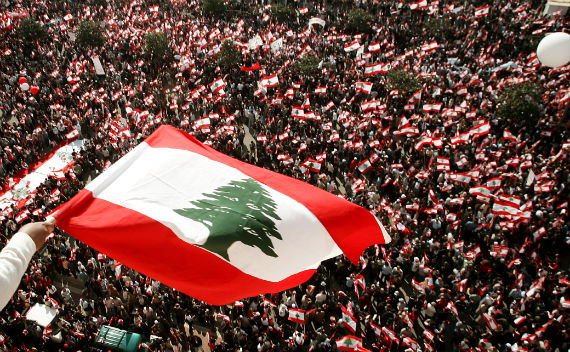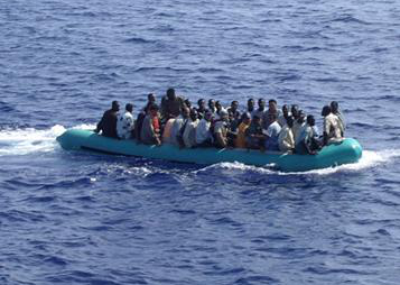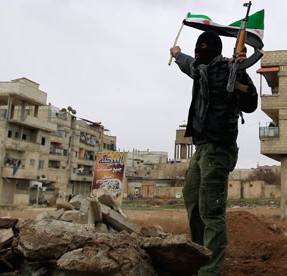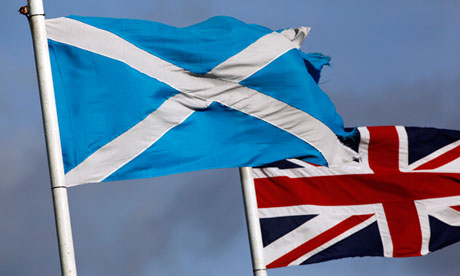The Lebanese confessional system, or what Arend Lijphart calls a consociational democracy, is far from perfect. The current system of proportional distribution of parliamentary seats and governmental positions is outdated. It allocates these seats based on a census taken in 1932 and anyone who takes a simple glance at Lebanon’s political landscape would know that the current setup no longer mirrors society. Additionally, the separation of power has only reinforced the confessional divisions. Rather than stabilizing Lebanese democracy, the institutionalization of political parties, who are still exclusively based along religious lines, continues to ignite sectarian conflict. It is also important to note, however, that religion, or religious forces, was not the driving force behind the allocation of state power among the different sects. The French were responsible for instituting this divisional process on a 6:5 ratio of Christians to Muslims. Therefore sectarianism was not necessarily the cause of the confessional set up but rather the outcome.
The Ottomans, the French, & the National Pact
Christians enjoyed a vast amount of autonomy under Ottoman rule. They were the middlemen between Europeans and Ottomans when it came to trade and commerce. Years of this specialized privilege began to lay the foundation for sectarian division between the Christians and their Muslim counterparts. Dispute after dispute resulted in the French landing a force inside Beirut to protect their Maronite clients. The French insisted the Ottomans grant the territory autonomy and thus Lebanon became an administrative district governed by a council made up of Maronites, Druze, Greek Orthodox, Greek Catholics, Sunni Muslims and Shiite Muslims.
Following World War I and the dissolution of the Ottoman Empire, France and Britain became protectorates over the region known today as the Levant. This resulted in the two largest religious blocs, Christians and Muslims, who previously co-existed under Ottoman rule, now re-learning to co-exist under new political management. Both blocs saw this as a prime opportunity to consolidate power. This has been the narrative that has continued to dominate the Lebanese state; a religious tug of war fought in the political arena.
In 1943, political leaders from both Christian and Muslim camps (mainly Maronite and Sunni) came to an unwritten agreement called the ‘National Pact’. The Pact was a device to end French colonial rule while regulating Christian and Muslim aspirations over Lebanon’s national identity. The Pact however was nothing more than the re-introduction of an inter-confessional system that had already been developed under the Ottoman millet system and then under the French Mandate. It was an invention of its time and would not be able to withstand the drastic demographic changes in future years that finally culminated in a fifteen-year inter-communal civil war.
Ta’if and the Rise of the Shiites
The Ta’if Agreement of 1989 subsequently ended the bloody civil war. It reinstated the power-sharing formula but did so while taking into consideration new demographic changes. The Maronites conceded the most, with the post of President being reduced in power. The Shiites on the other hand who had been for much of Lebanon’s history neglected and left to the peripheries of society, politics and economy, claimed additional powers.
The Shiite community was the third largest group according to the census of 1932 yet they sorely lacked any influence on the political system in Lebanon and were represented before the authorities by a handful of feudal families. The development of the Shiite middle-class inspired more inclusionary aspirations. This new middle class included members of liberal professions such as doctors, lawyers, and entrepreneurs, as well as the nouveau riche who left Lebanon early in the civil war to make their fortunes abroad and returned to Lebanon in the 90s. Despite the increase in education, wealth, and political activity, the governmental system had still rejected Shiite aspirations.
The 1979 Iranian revolution followed by the 1982 Lebanon-Israel war split the Shiite community into two parts. The majority regarded itself as part of the Lebanese state, and the minority denied the legitimacy of the secular pro-Western government. For this minority, the Ayatollah Khomeini was the source of authority, not the Lebanese government. The Iranian revolution showed Shiites what political power would look like. As a result, the Hezbollah (Party of God) movement was created in South Lebanon.
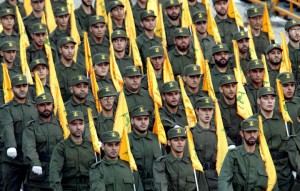
In the process of the 1982 Israeli invasion of southern Lebanon to root out Palestinian guerrillas, many Shiite towns and villages were destroyed. When the government refused to protect its southern citizens, Shiites began migrating to the peripheries of Beirut. Meanwhile, a contingent took up arms to fight off the Israeli invaders and thus the ideology of resistance was born. An ideology that, some would argue, is still prevalent among Hezbollah supporters today.
Social Services & Political Aspirations
Both during and after the civil war, the Lebanese government repeatedly neglected the rural areas and focused on development strategies for central Beirut. The Shiites, and to some degree non-Shiites, began to see Hezbollah as a movement of the poor. Their social services network provided basic healthcare provisions, financial loan applications, the rebuilding of infrastructure, and included providing assistance to the families of Hezbollah fighters who were ‘martyred’. Within a matter of years, the group became Lebanon’s largest non-state social service provider. Today the organization is responsible for sending thousands of children to school, for the maintenance of hospitals and mosques, and for the employment of many more.
In 1992, Hezbollah decided to run candidates in the parliamentary elections, to attempt to influence government from within. This would send shockwaves throughout the political landscape, as Hezbollah had just moved its message from the periphery straight into the heart of Beirut.
By 2004, Hezbollah controlled a large number of municipalities in Southern Lebanon with approximately 60% control. Hassan Nasrallah, the group’s leader, eventually demanded that the government either agree to a national unity government where Hezbollah would have a say or face organized pressures such as blockades en route to the national airport. All the Shiite members of government resigned putting the legal status of the government in jeopardy, and prompting then President Emile Lahoud to declare the government to be illegitimate.
Unilateralism

The 2005 assassination of former Prime Minister Rafiq al-Hariri sent tremors throughout the region. An international investigation pointed to Hezbollah’s involvement pushing sectarian tensions to the brink. A subsequent 2006 war between Israel and Hezbollah resulted in the destruction of much of Lebanon, once again drawing attention to Hezbollah’s weapons cache. An eighteen-month political crisis culminated in Hezbollah’s takeover of West Beirut. As a means of breaking the deadlock, Lebanese leaders signed an agreement in 2008 dubbed the ‘Doha Agreement’, which saw Hezbollah emerge with newfound veto powers. By 2011, disputes over the international probe into the Hariri assassination resulted in Hezbollah’s bringing down the Saudi-backed Saad Hariri (son of Rafik al-Hariri) government.
With the outbreak of the civil war in neighbouring Syria, it was expected Lebanon would fall prey to the sectarian nature of the conflict. This concern became reality when Hezbollah officially announced that it had joined the battle for Qussair and that the party would stand side by side with Bashar Al-Assad (a main sponsor of Hezbollah) and the Syrian Alawite regime. Hezbollah’s unilateral approach had once again dragged Lebanon into a war it had no intention of joining. Islamists, loyal to the Islamic State and the Nusra Front, have already engaged in firefights in the town of Arsal in northern Lebanon. In addition, a number of Lebanese soldiers are being held as hostages.
The country’s current inability to elect a president leaves a gaping hole in the political structure. The worsening civil war in Syria continues to turn that part of the region into a breeding ground for extremists, and as such leaves Lebanon open and vulnerable to both internal and external attacks. With all the uncertainty surrounding Lebanon, one thing is clear, Hezbollah is no longer the representative of a weak, second tier citizenry; it is an armed political movement that is deeply entrenched in the core of Lebanese politics.

